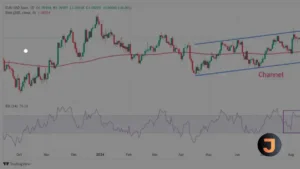The Camel: Future Powerhouse of Dairy Farming?
In the vast arid landscapes of the Middle East, a quiet revolution is taking place. Thousands of camels, traditionally roaming free across the desert, are now being corralled into large-scale dairy operations. These creatures, once known for their endurance and ability to thrive in harsh conditions, are becoming the focus of an industry that aims to turn them into the bovine equivalent of the future.
Researchers from the University of Oxford, Ariell Ahearn and Dawn Chatty, have observed this shift firsthand. They note that camels are remarkably well-suited to the challenges posed by climate change. With their capacity to withstand extreme temperatures, go without water for extended periods, and produce milk that is both nutritious and low in methane emissions, camels could indeed be the ideal livestock for our changing world.
Yet, as demand for camel milk rises—valued for its high vitamin C content and low-fat profile—the push towards intensive farming grows stronger. Entrepreneurs are eyeing the potential for a lucrative market, with camel milk’s global value projected to reach between $2 billion to $13 billion by the end of the decade. In response, countries like the United Arab Emirates and Saudi Arabia have already established sprawling camel dairy farms, with some housing over 10,000 camels.
Despite these developments, there are concerns about the sustainability of such practices. The traditional knowledge of nomadic camel herders, who have managed these animals for centuries, could be lost if industrial farming becomes the norm. Moreover, there are inherent challenges in raising camels at scale, such as their aggressive behavior during mating seasons and longer gestation periods compared to cows.
Camels are not just livestock; they are integral to cultural heritage in many regions. They feature in races and beauty contests with substantial financial rewards, and advanced reproductive technologies like cloning are increasingly employed to breed prize-winning animals.
The shift towards industrialized camel farming raises important questions about the future of nomadic herding communities and the environmental impact of adopting intensive animal production models. As the world looks for sustainable food solutions in the face of climate change, the role of camels will undoubtedly be significant. However, it is crucial to consider the broader implications of this transition on culture, tradition, and ecology.





